Houses arent built like they used to be when everything had to be dried out first and timber had a similar moisture content before being fitted to minimize cracking. However cracks along joints that connect upstairs ceilings and partition walls could be a sign there are problems with your roof truss which could end up with walls coming away from ceilings.

Are The Cracks In My Ceiling From Structural Damage
These cracks are always caused by a serious overload above the crack.

Hairline cracks in ceiling causes. Alternatively hairline cracks occur in drywall when fasteners such as drywall nails pop loose from wall framing. Ceiling cracks can also be caused by poor workmanship. Hairline cracks in ceiling causes.
The most common cause of hairline cracks in walls is old paint. Cracks that cause concern are those which run across the length of a ceiling and then continue down a wall along the same line. This is a sign.
These fluctuations and changes may result in the trusses moving or shifting a little. In older homes with plaster ceilings movement and moisture may create cracks. This is a sign of structural damage usually related to a weak wall.
Its always warmer up stairsheat rising so you will get more movementBlockwork Door frames Windows skirting boards shrinkmove causing plaster to crack etc. For example hairline cracks around windows shouldnt cause problems. Hairline cracks including hairline spiderweb cracks are usually caused by multiple layers of paint or problems with drywall mud.
The old paint dries and curls which causes the top layer to splinter into. However drywall cracks larger than hairline width could indicate a foundation problem. Generally the location of a crack matters.
As we pointed out above hairline drywall cracks usually arent serious. The crack can be either along the joist or to one side of the joist. There are two main causes of ceiling cracks.
Obviously the former is preferred as it points to a simple repair need but don t be dismayed by the possibility of the second. These are usually caused by a weakness in the ceiling joists or sometimes even a failure in the joist support in the walls. The older a structure is the more likely that stress moisture and temperature will cause the formation of cracks.
Typically plaster ceiling cracks have two causes. Do you look and feel like you did when you were ten. Since plaster is extremely rigid the slightest movement can cause.
House settling and temperature or moisture fluctuations in an attic which result in the expansion or contraction of framing members. One of the most common causes of cracks in drywall ceilings is related to the roof trusses. From what Ive read online it seems like the cracks could be a result of shrinkage caused by the change in heating behaviour though I would welcome advice on any of the issues above Given hairline cracks Id tend to agree with the above comment.
When the wood rafters expand and contract naturally with changing temperature and humidity it pulls the ceiling joists away from the wall plates forming cracks along the corners between the ceiling and the wall. Additionally drastic changes in interior temperature and humidity or poor drywall tape installation often causes drywall and drywall surface coatings to develop cracks. These structural members sit on top of the wall plates and are often connected to the plates with nails.
Sometimes Ive been able to work paint into hairline cracks enough to hide them. Skimmed artex ceilings identical way many times over the years you have even you screwed the boardsperfectionist then there has to be some joist bouncemovement. Your home is getting older.
When a wall has been painted many times without removing the old paint underneath it problems start to occur. Cracks caused by truss uplift Cracks that appear where a ceiling intersects a wall may be due to truss uplift. Structural damage and the natural settling that happens as a building ages.
Several other factors however can accelerate effect of wear and tear. If you do see cracks in the ceiling its a good idea to check for water leaks. Roof trusses tend to move a little when there is a seasonal change of temperature or humidity.
Poor workmanship is the most common cause of early cracks in a ceiling specifically if inferior technique was involved in. In older homes with plaster ceilings movement and moisture may create cracks. Wonder if you rake out crack fill with a sealantthen tape skim would solve problem.
They are either the result of natural aging or structural damage.

Hairline Crack In Ceiling Doityourself Com Community Forums
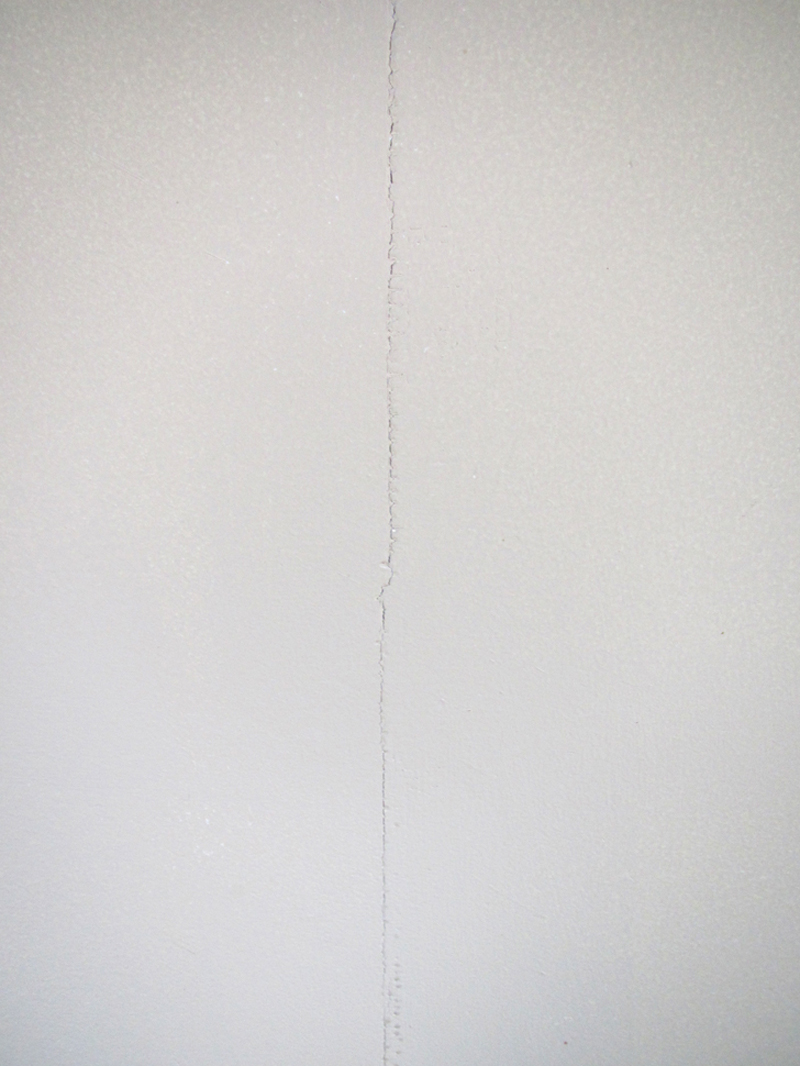
Issues And Repairs Branz Maintaining My Home
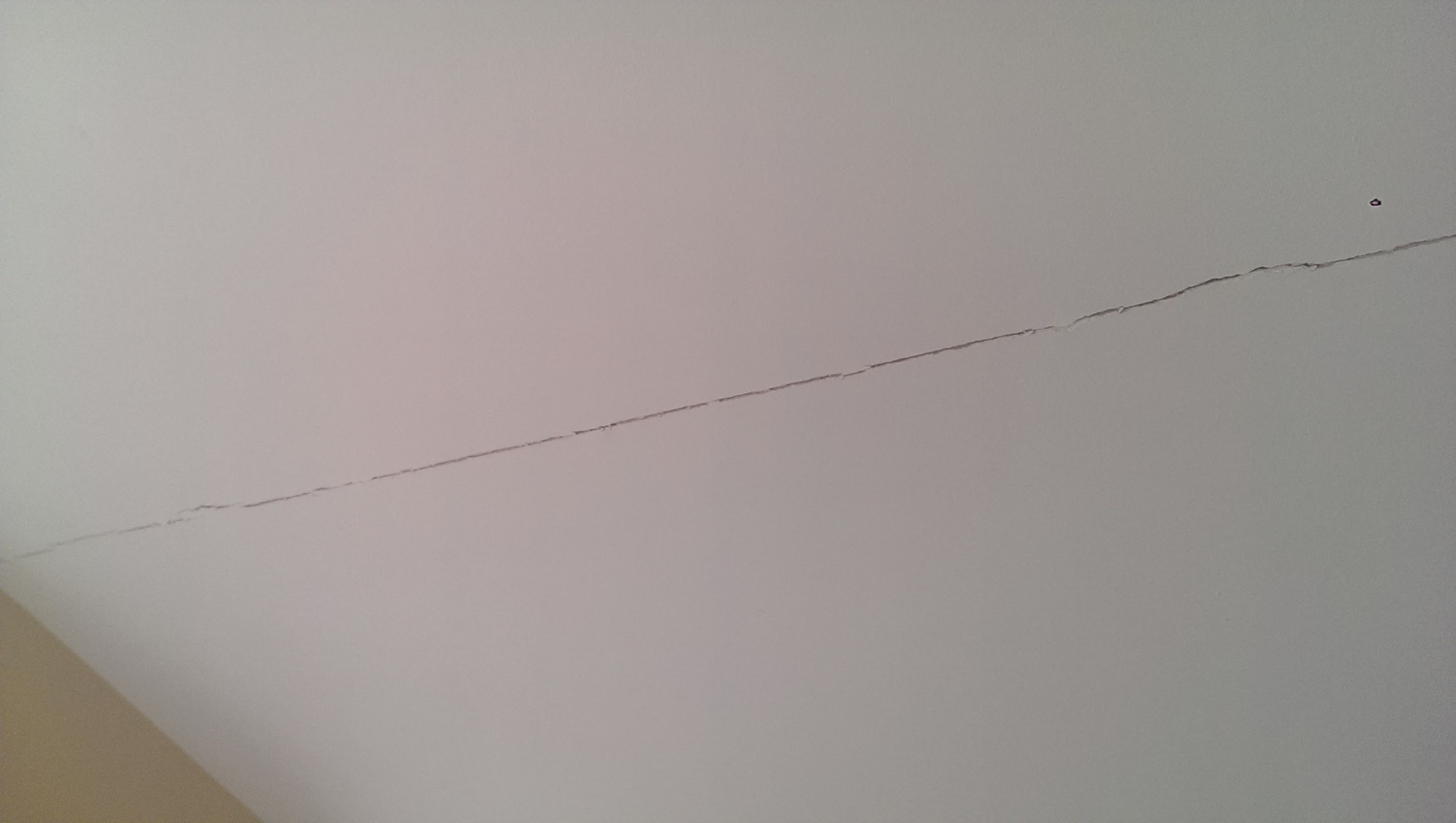
How To Fix Cracks In Ceilings Cost And Diy Guide Earlyexperts
Mostly Vertical Crack In Wall Near Vaulted Ceiling How To Fix Properly Diy Home Improvement Forum
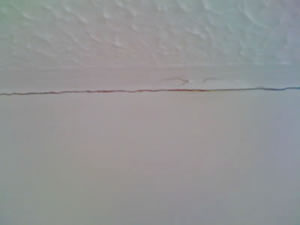
How To Solve Problems With Cracks Around The Ceiling Property Decorating
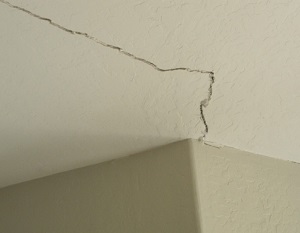
Ceiling Cracks Superficial Or Super Worrisome My Foundation Repairs
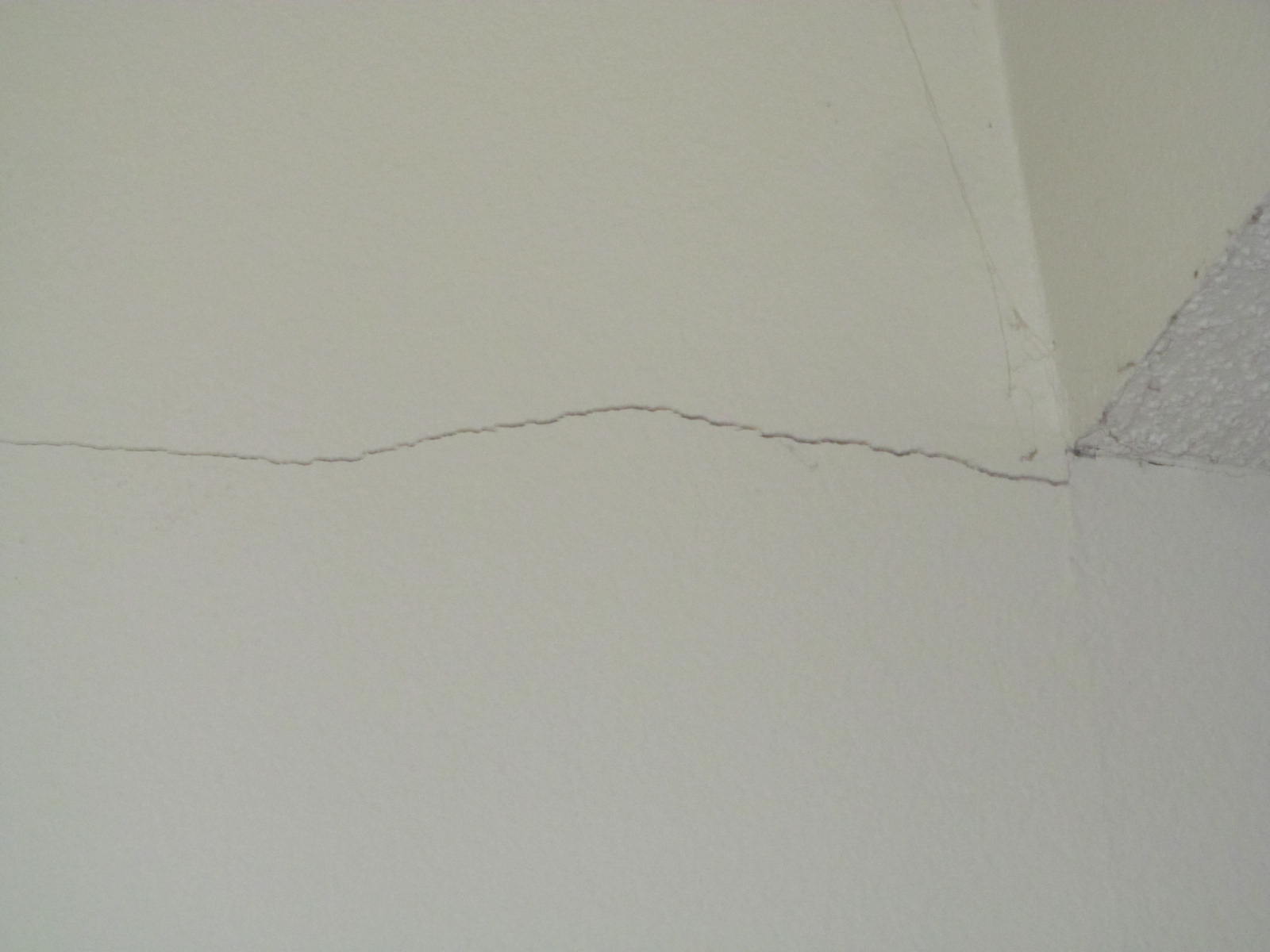
Drywall Cracks What Causes Cracking When Is It Structural Buyers Ask
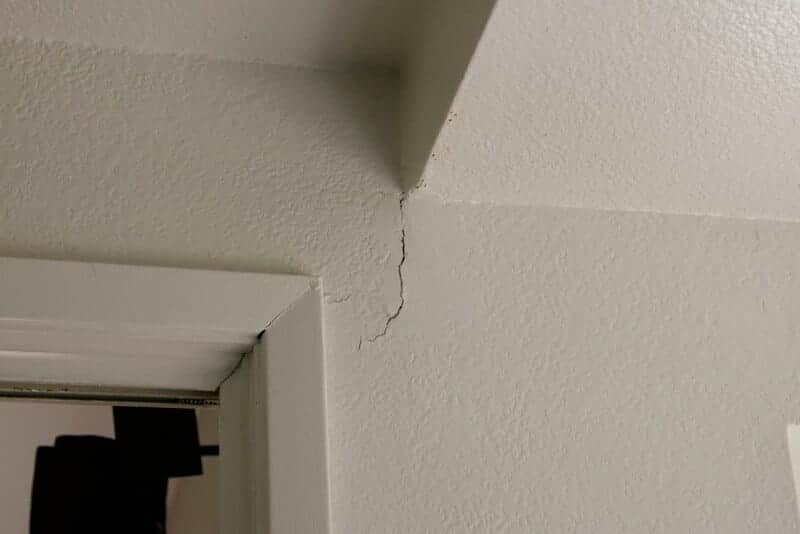
Drywall Cracks What Causes Cracking When Is It Structural Buyers Ask
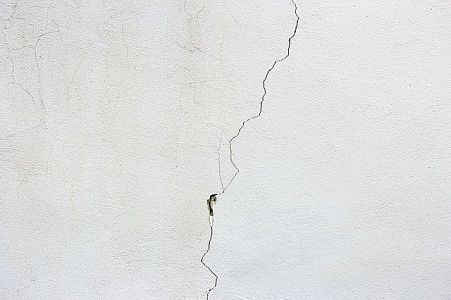
Ceiling Crack Repair Tricks To Deal With Common Problems

Are Ceiling Cracks Serious Causes Of Ceiling Cracks And When To Worry

Should You Worry About Cracks In Walls Homelyville

Fix Hairline Cracks In Drywall Ceiling In 6 Steps Effectively
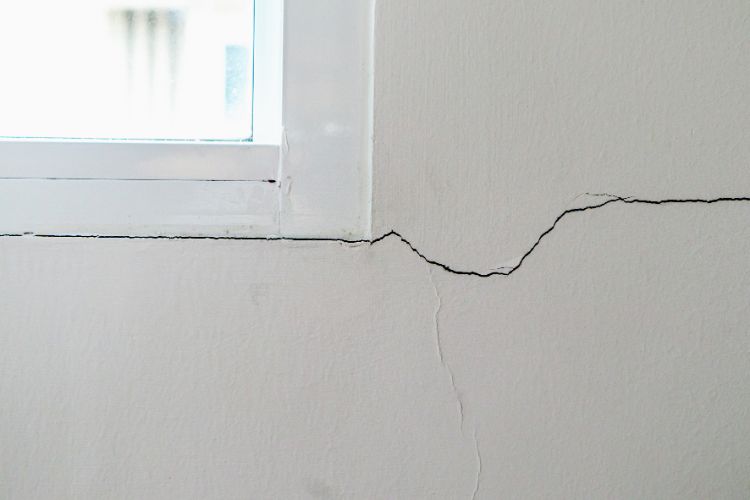
6 Most Likely Reasons You Re Seeing Cracks In Your Walls

Are Ceiling Cracks Serious Causes Of Ceiling Cracks And When To Worry
Troubling Cracks In Ceiling Walls Advice Please Diynot Forums
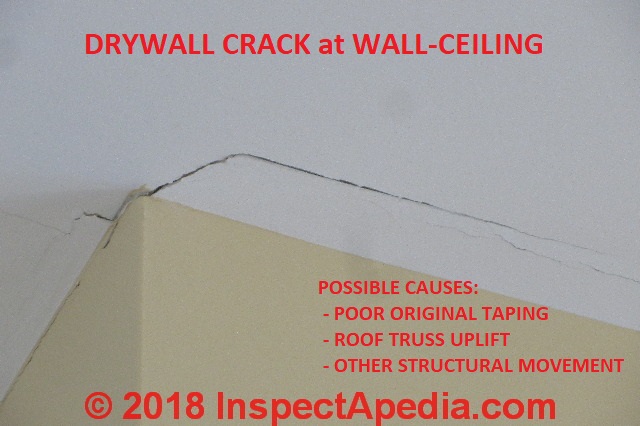
Drywall Cracks Cause Prevention Of Cracks In Plasterboard Or Gypsum Board Walls Ceilings
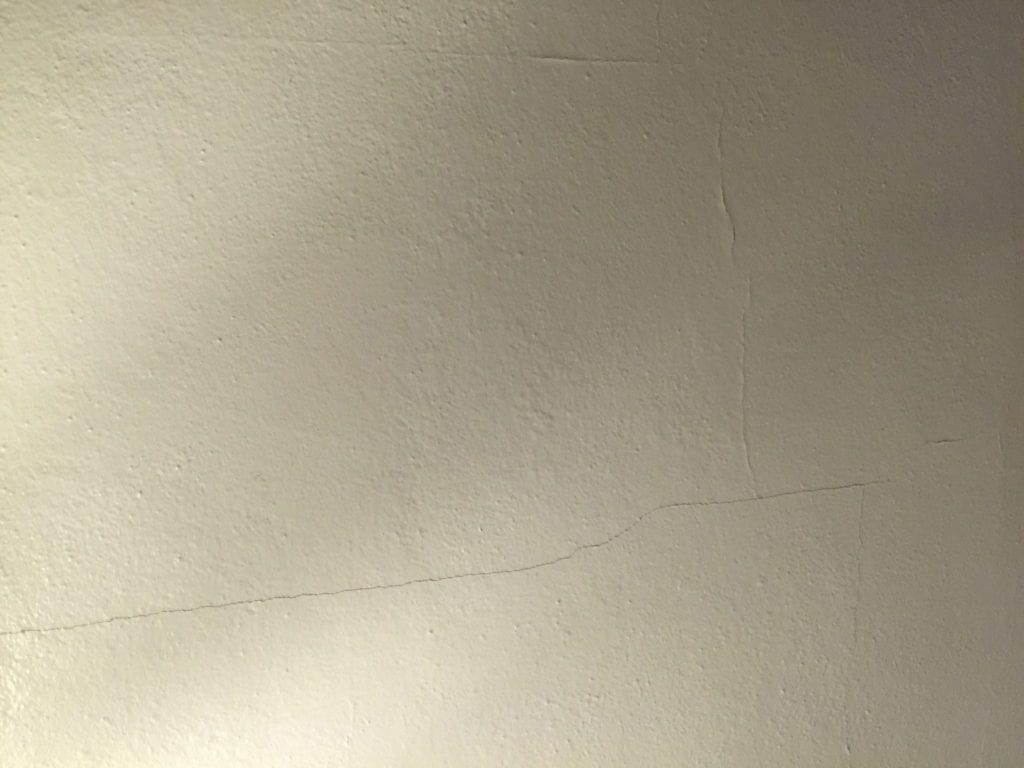
How To Diagnose Common Plaster Problems The Craftsman Blog
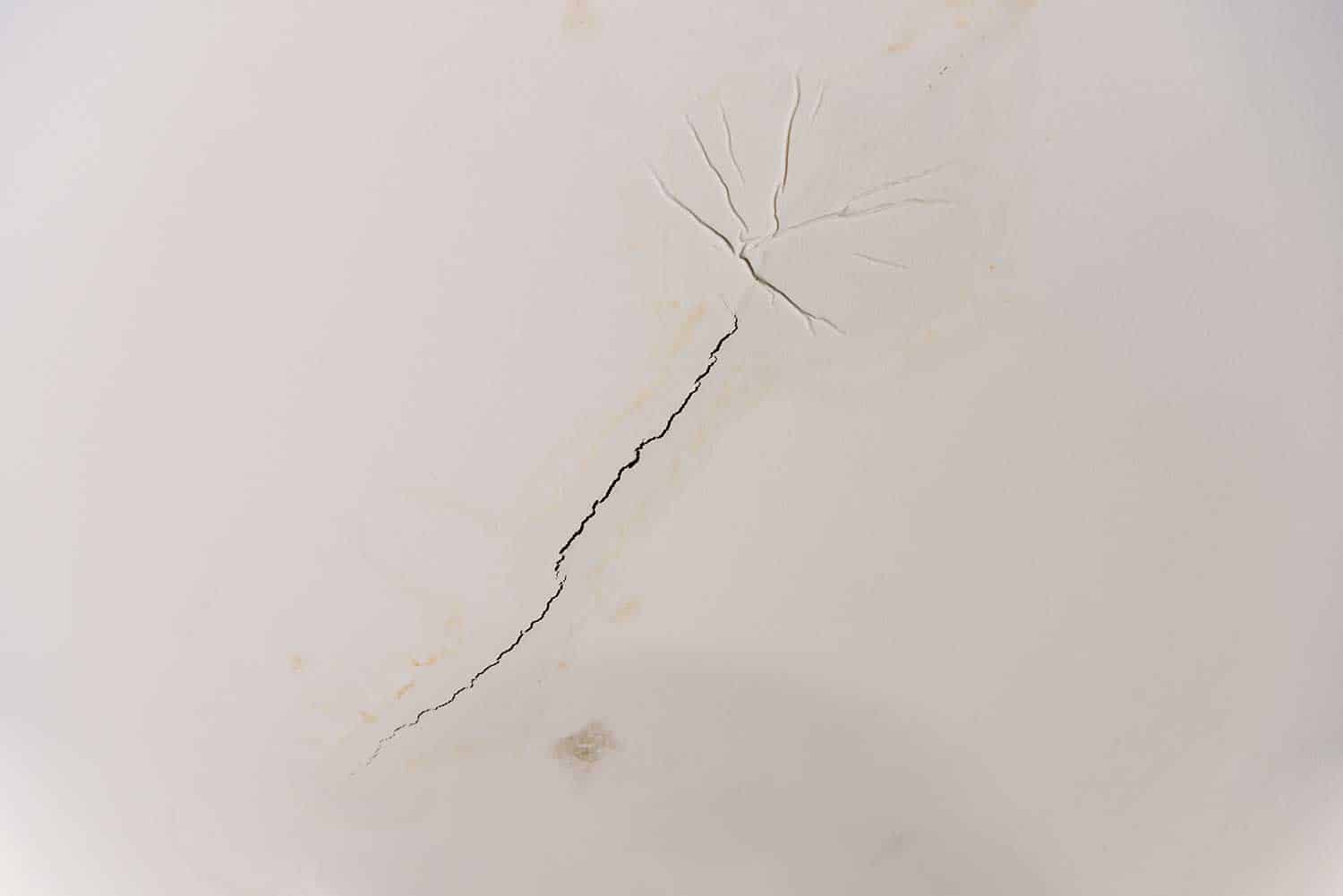
6 Types Of Ceiling Cracks Homeowners Should Know Uooz Com

Ceiling Cracks And What They Tell You About Your Foundation
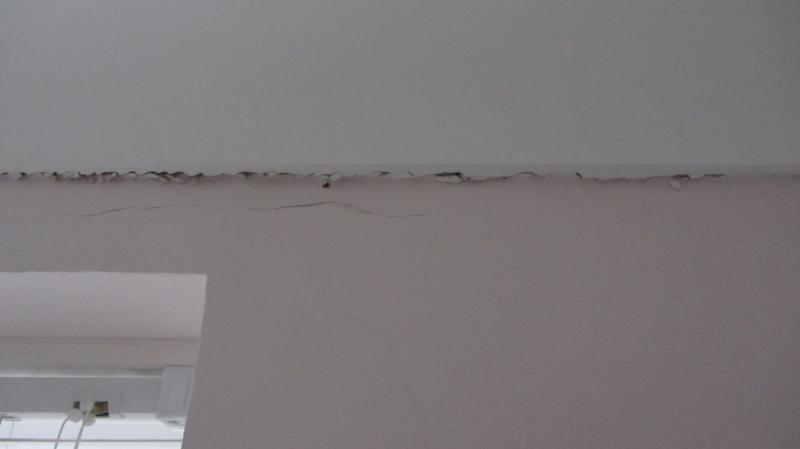
Komentar
Posting Komentar